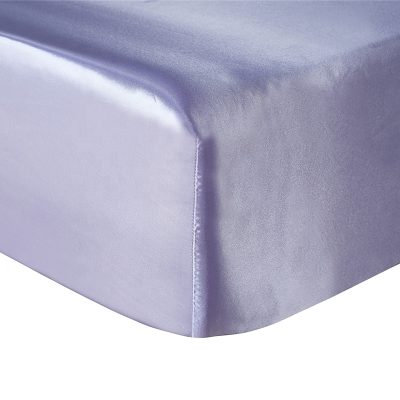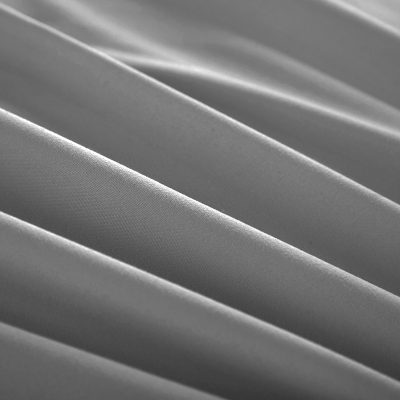Understanding your options when it comes to pillowcase fabrics is essential for choosing the right pillowcase for your comfort and needs. Here’s a breakdown of common pillowcase fabric options:
- Cotton:
- Types: Cotton pillowcases are available in various types, including standard cotton, Egyptian cotton, and Pima cotton. Egyptian and Pima cotton are considered higher quality due to their longer fibers, resulting in softer and more durable fabric.
- Advantages: Cotton pillowcases are breathable, comfortable, and versatile for various temperature conditions. They are typically easy to care for, machine washable, and durable. They come in a wide range of styles and colors.
- Considerations: Look for a suitable thread count for your desired softness. A thread count between 300 and 600 is typically a good range to consider.
- Silk:
- Advantages: Silk pillowcases are known for their luxurious and smooth texture. They are hypoallergenic, naturally moisture-wicking, and can help reduce friction on hair and skin, potentially preventing hair breakage and skin wrinkles. They feel cool and comfortable in warm weather.
- Considerations: Silk pillowcases may require more delicate care, such as hand-washing or using a gentle cycle in a washing machine. They are also more expensive than cotton options.
- Satin:
- Advantages: Satin pillowcases have a smooth, silky feel similar to silk but are often made from synthetic materials like polyester. They can provide some of the benefits of silk at a more affordable price.
- Considerations: Satin pillowcases may not have the same breathability as natural silk and may not be as durable. They are available in various colors and styles.
- Linen:
- Advantages: Linen pillowcases are breathable, moisture-wicking, and comfortable in hot weather. They have a textured feel that some people find cozy and inviting.
- Considerations: Linen wrinkles easily and may require ironing if you prefer a smooth appearance. It may not have the same silky texture as cotton or silk.
- Flannel:
- Advantages: Flannel pillowcases are soft, warm, and cozy, making them ideal for cold weather. They are often made from cotton and brushed for added warmth and comfort.
- Considerations: Flannel pillowcases may be too warm for use in hot weather, and they can accumulate lint and pilling over time.
- Microfiber:
- Advantages: Microfiber pillowcases are affordable, durable, and resistant to wrinkles and stains. They are often a budget-friendly option.
- Considerations: While microfiber is easy to care for, it may not offer the same breathability and moisture-wicking properties as natural fibers like cotton or silk.
- Bamboo:
- Advantages: Bamboo pillowcases are eco-friendly, hypoallergenic, and moisture-wicking. They have a silky feel and are comfortable in various temperatures.
- Considerations: Bamboo pillowcases may require specific care instructions, and the quality can vary depending on the brand.
When choosing a pillowcase fabric, consider your comfort preferences, the climate you live in, any allergies or skin sensitivities you have, and your budget. Additionally, pay attention to care instructions to ensure your pillowcase stays in good condition. Ultimately, the best choice depends on your individual needs and priorities.




















